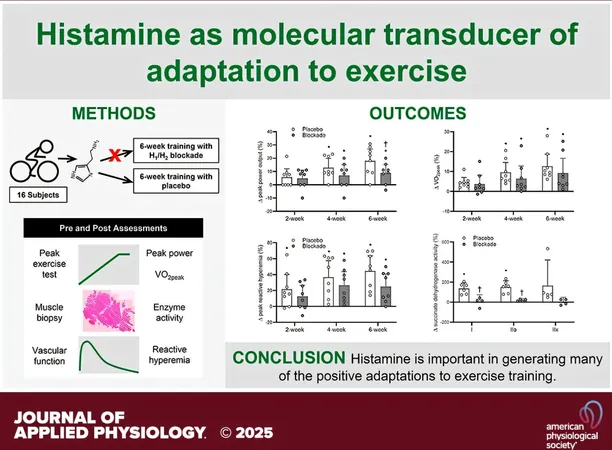
Alarming Link Between Plain Ropivacaine Dose and Spinal Hypotension After Cesarean Sections Revealed!
2024-11-15
Author: Sarah
Introduction
A groundbreaking study published in PeerJ has unveiled a concerning association between spinal-induced hypotension and the dosing of plain ropivacaine in women undergoing cesarean sections. This revelation sheds light on a critical aspect of anesthetic administration that could alter outcomes for countless mothers.
Background
Cesarean sections commonly utilize spinal anesthesia, with ropivacaine being a preferred choice due to its favorable profile of low central nervous system toxicity. However, the study has raised alarms about the unpredictability of plain ropivacaine in comparison to its hyperbaric counterpart mixed with glucose, which offers more reliable outcomes.
Study Design
The study conducted a single-center retrospective analysis, meticulously reviewing data collected from January 2018 to December 2022 through the Anesthesia Information Management System. The focus was on women who received either single spinal anesthesia or combined spinal-epidural anesthesia (CSE) using 0.75% ropivacaine for cesarean deliveries. Patients who underwent general or epidural anesthesia were excluded.
Methodology
Participants were positioned on their side for spinal anesthesia, accessed using a Quincke needle to reach the intrathecal space. Post-administration, they were placed in a left lateral tilt position to enhance safety and effectiveness.
Key Data Considered
Key variables included maternal age, history of hypertension, weight, gestational period, type of pregnancy, duration from anesthesia to incision, delivery timing, anesthesiologists' experience levels, and vasopressor intervention necessity.
Ropivacaine Dosage Categories
Doses of plain ropivacaine were categorized into Q1 (15.75 mg or lower), Q2 (15.76 to 16.50 mg), Q3 (16.51 to 17.25 mg), and Q4 (17.26 mg or higher). The primary outcome was the frequency of spinal hypotension, with vasopressor use as a secondary outcome.
Results
Out of 1,219 women analyzed, 72.3% experienced hypotension. Metaraminol was administered to 51.2% of these patients, with 12.8% requiring ephedrine, and some needing both. Notably, the Q4 group had a hypotension rate of 85.4%, compared to 68.1% in other categories, indicating an adjusted odds ratio (OR) of 2.71.
Sensitivity Analyses
Sensitivity analyses confirmed these findings with a consistent OR of 2.64, while no correlation was found between ropivacaine dosage and ephedrine usage, but a significant association with metaraminol was noted.
Conclusion
These findings highlight the urgent need for healthcare providers to reconsider dosing strategies of plain ropivacaine during cesarean sections, as even slight dose variations could significantly affect maternal safety and recovery. The study could prompt new guidelines aimed at reducing the risks of spinal hypotension, ensuring a safer environment for mothers and their newborns.
Future Updates
Stay tuned for further updates as this story develops!


 Brasil (PT)
Brasil (PT)
 Canada (EN)
Canada (EN)
 Chile (ES)
Chile (ES)
 Česko (CS)
Česko (CS)
 대한민국 (KO)
대한민국 (KO)
 España (ES)
España (ES)
 France (FR)
France (FR)
 Hong Kong (EN)
Hong Kong (EN)
 Italia (IT)
Italia (IT)
 日本 (JA)
日本 (JA)
 Magyarország (HU)
Magyarország (HU)
 Norge (NO)
Norge (NO)
 Polska (PL)
Polska (PL)
 Schweiz (DE)
Schweiz (DE)
 Singapore (EN)
Singapore (EN)
 Sverige (SV)
Sverige (SV)
 Suomi (FI)
Suomi (FI)
 Türkiye (TR)
Türkiye (TR)
 الإمارات العربية المتحدة (AR)
الإمارات العربية المتحدة (AR)